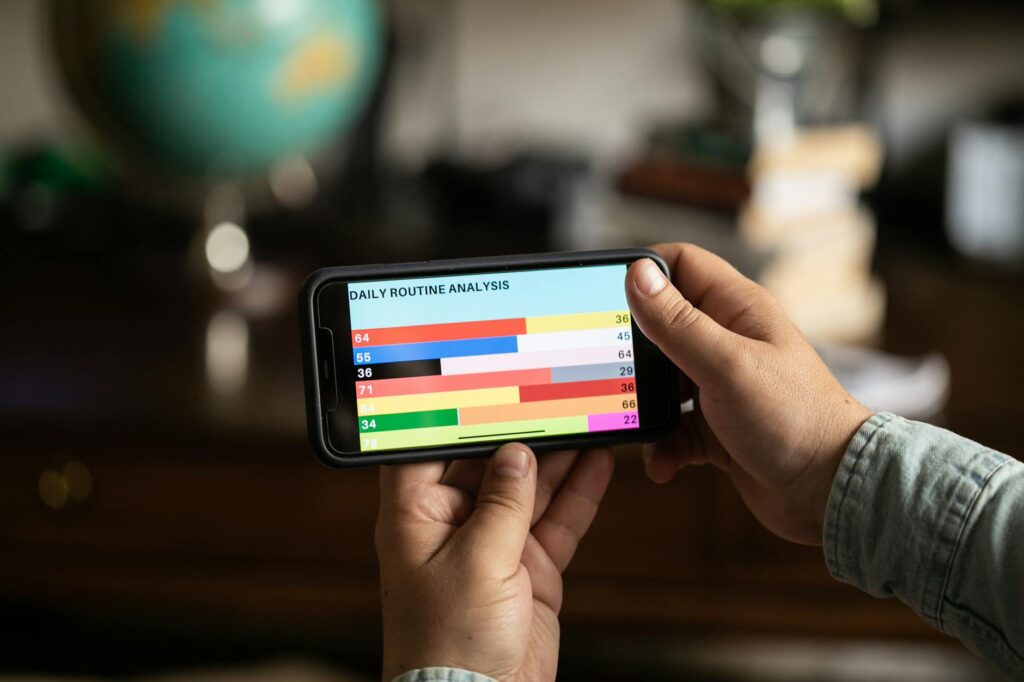What is time segment analysis?

What is time segment analysis?
Time segment analysis is an invaluable tool for anyone looking to enhance productivity and improve time management strategies. By breaking down your day into manageable segments, you can better understand how you use your time and make adjustments to optimize your activities for maximum efficiency. In today’s fast-paced world, where distractions are everywhere, mastering this technique can make a significant difference in achieving your personal and professional goals.
Understanding Time Segment Analysis
What is Time Segment Analysis?
Time segment analysis is a method used to divide time into specific blocks or segments, allowing individuals to analyze how they allocate their time throughout the day. This approach provides insights that can help identify patterns, productivity peaks, and areas where time may be wasted. By understanding these aspects, you can take actionable steps to improve your overall time management.
History and Evolution
The concept of time segment analysis has evolved over the years, rooted in various productivity and time management techniques. Historically, methodologies like the Pomodoro Technique and time blocking laid the groundwork for segmenting tasks based on time. These techniques emphasize working in focused bursts, which aligns perfectly with time segment analysis as a means of enhancing productivity.
Benefits of Time Segment Analysis
Improved Productivity
One of the primary advantages of time segment analysis is its ability to enhance productivity. When you break your day into segments, you can allocate specific time blocks for focused work. This structure reduces the temptation to multitask, enabling you to concentrate fully on the task at hand. Research indicates that focused work can improve output and reduce burnout over time.
Better Work-Life Balance
Time segment analysis also contributes to achieving a healthier work-life balance. By explicitly scheduling segments for work, personal projects, and leisure, you ensure that all aspects of your life receive the attention they deserve. This not only reduces stress but also leads to a more fulfilling life overall. Consider evaluating your use of time to align with personal priorities and family commitments, ultimately leading to a happier and more balanced lifestyle.

Photo by RDNE Stock project
How to Implement Time Segment Analysis
Identifying Key Segments
To implement time segment analysis, you first need to identify which segments of your day require the most attention. Start by tracking how you currently spend your time for at least a week. This tracking can reveal patterns and highlight areas where you might be spending too much time on low-priority tasks. Then, categorize your activities into segments, such as work, family time, exercise, and personal projects.
Tools and Techniques
Various tools can assist in tracking and analyzing your time segments effectively. Digital planners and time-tracking apps like Todoist, Toggl, and Clockify allow you to log activities and visualize how you allocate your time. These platforms can help you identify trends and make informed decisions about how to adjust your schedule for better productivity.
Case Studies and Examples
Personal Testimonial
Let me share my experience with time segment analysis. I used to feel overwhelmed by my daily tasks, often jumping from one thing to another without a clear focus. After implementing time segment analysis, I started breaking my day into specific blocks dedicated to work, exercise, and relaxation. Not only did I notice an increase in my productivity, but I also felt less stressed. This technique has become a cornerstone of my daily routine.
Corporate Implementation
Businesses have also recognized the value of time segment analysis. For instance, a tech company adopted this strategy to improve team performance. By encouraging employees to allocate specific times for collaborative and individual work, they saw a significant boost in project completion rates. This approach fostered a culture of accountability, allowing employees to manage their time more effectively.
Conclusion
In summary, time segment analysis is a powerful technique for enhancing productivity and achieving a better work-life balance. By breaking down your time into manageable segments, you can identify patterns, allocate your resources more effectively, and make informed decisions that align with your goals. I encourage you to adopt this strategy in your daily routine and experience the benefits firsthand. Let’s make every minute count! For further insights on time-based analytics, you might explore time-based data segmentation or delve into time-series segmentation.